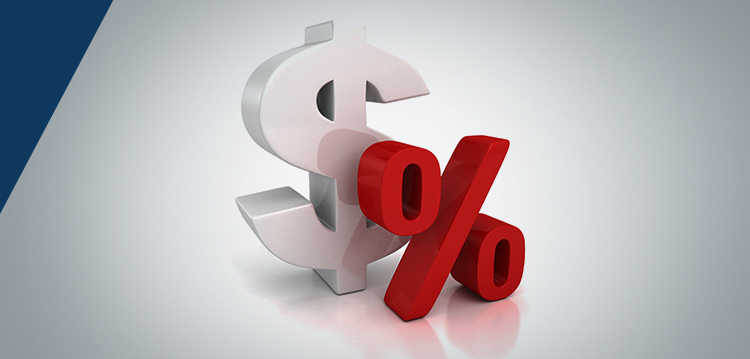In 2025, rising interest rates continue to put pressure on student loan borrowers across the United States. For many young Americans, higher rates translate into increased monthly payments and a longer path to financial independence. This shift not only affects their budgets but also influences major life decisions, such as buying a home, starting a family, or pursuing further education.
Understanding how young borrowers are responding to these changes is crucial. From adjusting repayment strategies to seeking alternative sources of funding, many are finding creative ways to manage debt without sacrificing their future plans. These adaptations highlight both the resilience and the financial pressure faced by the younger generation.
How interest rates affect student loans

Interest rates directly determine the cost of borrowing. When rates rise, so does the total repayment amount over the life of a student loan. For recent graduates, this often means allocating a larger portion of their income to debt servicing, limiting their ability to save or invest. Federal loans, while still offering lower rates compared to private lenders, have also become more expensive, forcing many to reconsider their repayment options.
In addition, variable-rate private loans are particularly sensitive to market changes. Borrowers with these types of loans face uncertainty, as payments can fluctuate from year to year. This unpredictability adds to the financial stress of managing post-graduation life in a challenging economy.
Adapting repayment strategies
To cope with higher interest rates, many young Americans are turning to income-driven repayment plans, which adjust monthly payments based on earnings. These plans provide short-term relief but can extend the repayment timeline. Others are refinancing loans to lock in more favorable fixed rates, although eligibility often depends on credit history and income stability.
Some borrowers are also prioritizing aggressive repayment strategies, making extra payments whenever possible to reduce principal balances faster. By doing so, they aim to limit the compounding effect of interest and shorten the total repayment period, even if it requires temporary sacrifices in other areas of their budget.
Alternative funding and financial tools
In addition to repayment adjustments, students and graduates are exploring alternative funding sources. Scholarships, employer-sponsored tuition reimbursement programs, and side hustles have become increasingly common ways to offset educational costs. Digital financial tools and budgeting apps also play a key role, helping borrowers track expenses and set realistic savings goals while managing debt obligations.
Another growing trend is the use of community and government initiatives that offer partial loan forgiveness in exchange for public service or employment in underserved areas. While not a universal solution, these programs provide opportunities for some to reduce long-term financial pressure.
Building financial resilience
Beyond repayment strategies, young Americans are also rethinking their financial habits to adapt to the high-interest environment. This includes creating emergency funds, avoiding new high-interest debt, and prioritizing essential expenses over discretionary spending. By cultivating discipline and resilience, they aim to protect themselves against economic uncertainty while working steadily toward debt freedom.
At the same time, financial education is gaining importance. Many young borrowers are turning to online courses, mentorship programs, and digital communities to improve their knowledge of credit management and investment opportunities, empowering them to make more informed decisions despite the challenges.
Adapting to a new financial reality
The rise in interest rates has reshaped how young Americans manage student loans in 2025. While higher costs create barriers, they also drive innovation and adaptation in personal finance strategies. By embracing repayment plans, refinancing, and alternative funding sources, many borrowers are finding ways to cope with the added pressure.
Ultimately, the challenge of student debt in a high-interest environment underscores the importance of financial planning, discipline, and resilience. For young Americans, adapting to these conditions is not just about paying off loans—it is about building a stronger foundation for long-term stability and independence.
